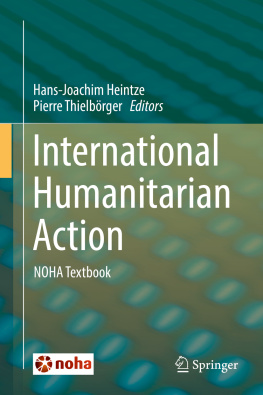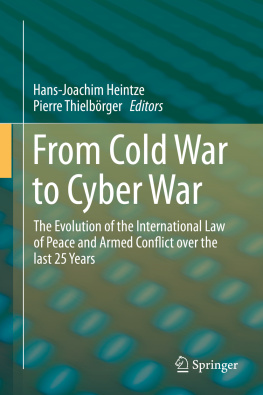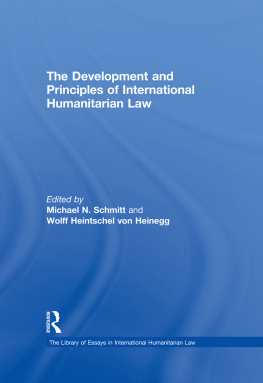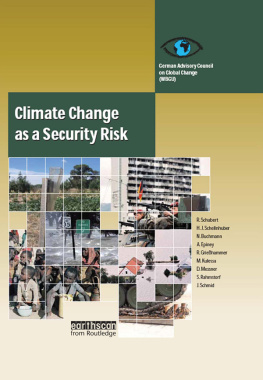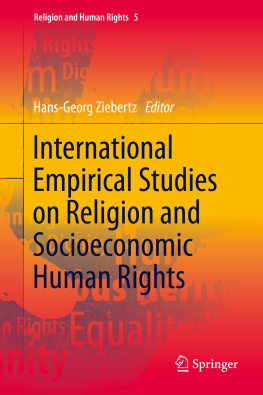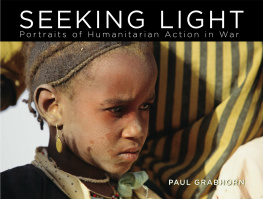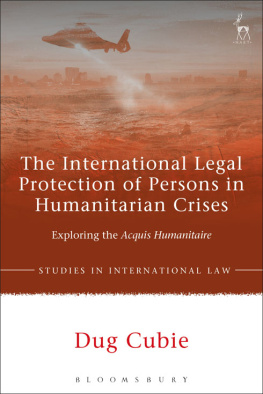Cristina Churruca-Muguruza
is Associate Professor of International Relations and Coordinator of the World Politics and Humanitarian Action Module of the NOHA Joint Masters Programme in International Humanitarian Action at the Institute of Human Rights of the University of Deusto, Spain.
Introduction
Peace, stability and sustainable economic growth seem unachievable goals in many places of the world today. As the United Nations (UN) Secretary General acknowledges in his landmark report One Humanity: Shared Responsibility for the World Humanitarian Summit (WHS), we are approaching a point in history in which there is a need to agree that we can and must do better to end conflict, alleviate suffering and reduce risk and vulnerability.
The inability to resolve protracted crises and intractable conflicts and the convergence of global trends such as climate change, migration and population growth, urbanisation, growing inequalities and resource scarcity are exacerbating peoples vulnerability. At the same time, the international aid system has not kept pace with the impact of these challenges on the caseloads of humanitarian agencies and their operational environments. The recognition of the need to adapt to a changing humanitarian context and make humanitarian action more effective and inclusive to respond to the needs of people in crises led UN Secretary General Ban Ki-Moon in 2013 to convene the first ever WHS in Istanbul in May 2016.
In this context, the aim of this chapter is to provide an overview of the main external (global trends and current armed violence and conflict) and internal challenges facing humanitarian action and the key issues in its agenda. Most have been the subject of broad discussion under the four themes that were selected for the regional and expert consultations, which preceded the humanitarian summit (humanitarian effectiveness, reducing vulnerability and managing risk, transformation through innovation and serving the needs of people in conflict). Others unfolded over the years in the process of policy discussions, regarding the meaning and understanding of humanitarian action and its limits and links with development and peacebuilding.
The Confluence of Global Trends
Several reports, studies and policy papers have acknowledged the currents of change that are transforming the foundations of the humanitarian domain, and the world, in unprecedented ways. Different global issues whose effects have not been sufficiently studied contribute to the risk of major large-scale and complex crises that will increase the suffering of vulnerable populations. Humanitarian stakeholders are greatly concerned about the impact that these issues may have on the caseloads of humanitarian agencies and their operational environments. The following long-term problems should be mentioned:
Climate change, environmental degradation and fragility : climate change results in more frequent and extreme-weather events, such as floods, tropical storms and droughts with devastating impacts in areas with fragile ecological systems and large population concentrations.
Population growth and migration : the global population is estimated to grow to over 8 billion by 2025, and migration is and will continue to be one of the biggest challenges both within and across borders.
Rapid and unplanned urbanisation, rising youth population and social discontent : the urban population is expected to double in Asia and increase by 150% in Africa from today to 2050. The large degree of urbanisation will fuel massive social inequities and break up the social fabric, especially in times of conflict.
Extreme poverty and inequality : these ongoing issues leave whole communities and households in an almost irreversibly devastating state of vulnerability and need.
Increased resource scarcity and food crises : water scarcity and energy demand represent major threats, both from a humanitarian and a geopolitical point of view.
Health pandemics and infectious diseases : the impacts of health disasters amplify the pressures on weak and fragile States.
Recurring disasters often lead to chronic poverty. Disasters destroy material goods (homes, schools, infrastructure, livestock and seeds) and negatively impact social capital (for example, by decreasing access to education, eroding social norms and values and contributing to incentives for longer-term migration). As a result, a vicious cycle ensues: chronic poverty makes it difficult to take measures necessary to mitigate effects of disasters. Where such disasters occur, they may cripple resources and increase poverty. The financial and economic crisis that began in 2007, for example, has lowered the standards of living of many and curtailed critical safety nets. In addition, austerity measures and shrinking foreign aid budgets in the developed world have reduced overall humanitarian resources required to cope with the increasing needs of ever more vulnerable populations.
Moreover, the confluence of several of the above-mentioned problematic global trends exacerbates existing problems. For example, climate change may have implications for energy, food and water shortages and increase what Betts has referred to as the number of so-called survival migrants. Such difficulties include growing migration, increasing inequality, social and demographic changes (ageing population in Western countries and exponential growth of the younger population in developing countries with unmet demands), rapid urbanisation and ensuing lack of access to service, as well as crime and disease, which are especially prone to occur in urban settlements.
Change and Continuity in Armed Conflict and Other Forms of Violence
The last three decades have witnessed both continuity and change in global dynamics of conflict and armed violence. One in every four people on the planet, a total of more than 1.5 billion people, lives in fragile areas affected by conflict or high levels of organised crime and (urban) violence. Current international conflictivity includes various forms of violence that often coexist and feed each other, challenging compartmentalised approaches to armed violence. Despite a downward trend in the number of conflicts and violent deaths, conflict has not disappeared.
Although the era of interstate armed conflict seems to have come to an end, internal conflicts persist. After declining for much of the late 1990s and early 2000s, the number of civil wars or internal conflicts of high intensity almost tripled, from 4 in 2007 to 11 in 2014.
Most violent deaths occur in States suffering from endemic and prolonged violence concentrated in the more densely populated urban areas and among the poorest, most marginalised and vulnerable social groups, particularly young people. Studies indicate that it is the aggregation of risk that enhances the likelihood and intensity of urban violence. Some predictions show how risks are aggravated by the socio-spatial characteristics of cities such as their heterogeneity, inability to absorb surplus low-skill labour, uneven provision of services and deep inequalities.
Some cities (Ciudad Jurez, Mexico; Medellin, Colombia; Rio de Janeiro, Brazil; Karachi, Pakistan; and Tegucigalpa, Honduras, among others) are experiencing levels of bloodshed and disturbances that have been termed other situations of violence This kind of urban violence is present all over the world from Latin America to sub-Saharan Africa, Asia and the Middle East.

